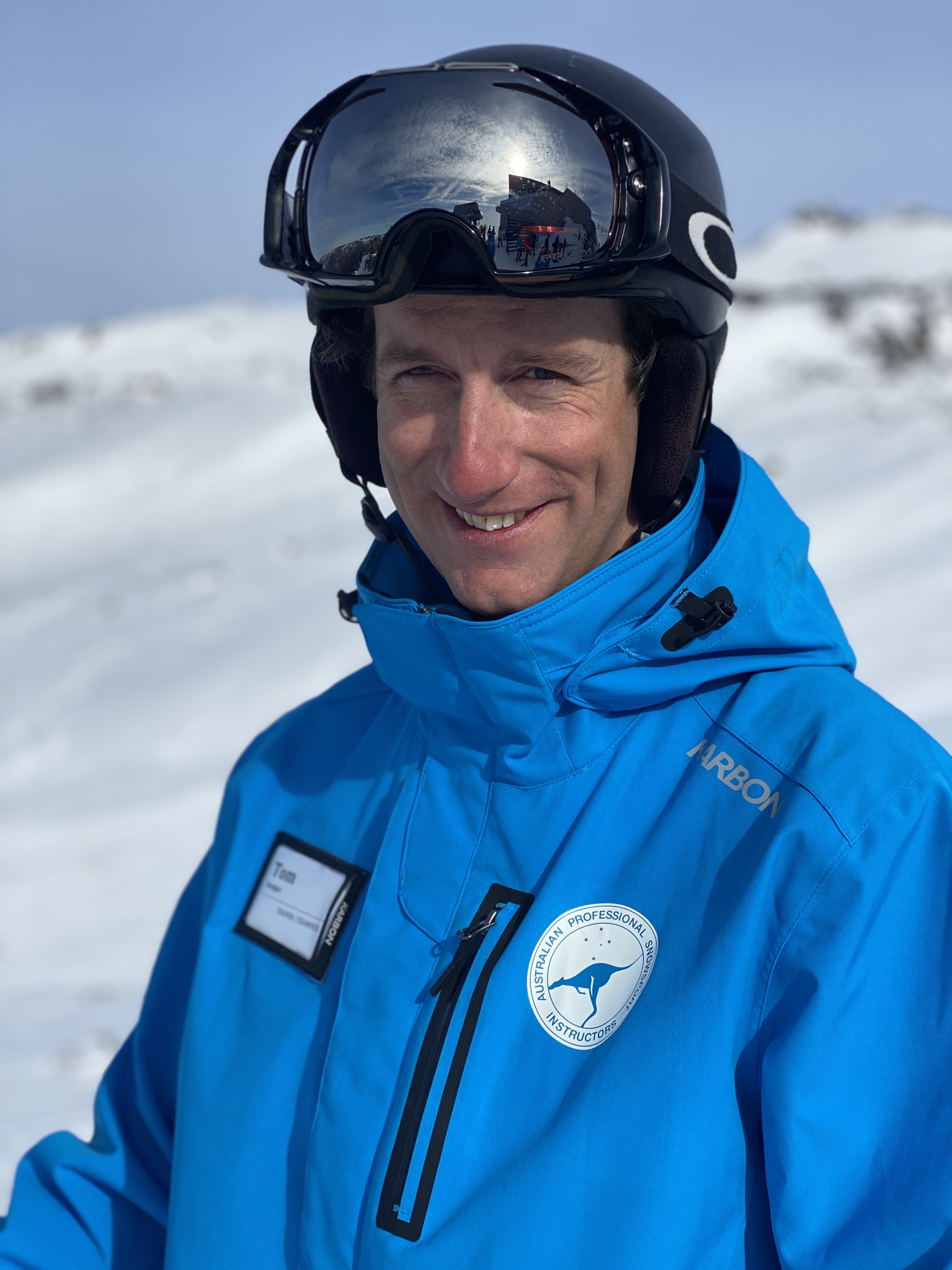 |
JAPAN Technical Workshop (SAJ & SIA) |
By Tom Langtry
OVERVIEW
Japan presented their key technical points during their on-snow workshop. The main presenter’s name was Katsu. They had four other team members helping to demonstrate and they also used a translator from Japanese to English.
1. Positioning
- Ankle, knee and hip flexion. The important point is focusing on them in that order. The result is the three joints move simultaneously, but the image is the ankles should move first. This is to help avoid the hip dropping down/back.
- Katus got the group to try flexing up and down in the three joints, while keeping balance in the center of the ski/foot and avoiding the balance moving forward or backward. A note was made that to achieve this while in motion the body needs to move keep up with the skis.
2. Edging
- Stationary we practiced edging movements. The focus was on rolling the feet, ankles & knees to the inside of the turn. It was also noted that the body will move inside the turn when in motion, but the amount should match the centrifugal force so the balance still stays over the inside edge of the outside ski.
- Katsu pointed out that a few decades earlier Japanese technique focused on a large extension of the outside leg and body at the initiation of the turn. However, this lead to many skiers opening their ankle a lot, and their position being back. They now focus on the ankle staying more flexed during the initiation to help keep the balance more forward.
3. Pressuring
- By controlling the pressure of the turn this gives control of the radius of the turn.
- When pressuring the ski, it is important to maintain a good position as in point 1.
- Focus on pressure the ski the whole way through the turn by flexing down in the three joints.
4. The Transition (Stretching)
- Focus on projecting the body forward and transferring balance onto the new outside ski. Not projecting the body laterally too much to the inside of the new turn, as this will lead to the balance shifting towards the inside ski and not able to put pressure on the outside ski.
- There is a small extension movement to assist the transition, but the movement should start at the ankles, then knees then hips. Careful not to move the hips forward first, as this can lead to the shoulders leaning back.
- Also make sure the hips don’t drop down.
- The body should be matched at a 90 degree angle to the slope so that the balance is centered on the ski.
- Exercise A
Katsu got us to do snowplough turns on a flatter slope, with a little exaggerated flexion/extension movement, practicing the weight transfer onto the new outside ski. - Exercise B
Then we did a stem christie turn with a focus on moving the body laterally towards the new outside ski, instead of vertically. The purpose was to put the new outside ski on edge and put our body weight on it early so it would start gripping and turning.
5. Turn Control - Braking
- Speed control is possible by the skis sliding sideways during the turn. Note this is the tip and tail of the ski both moving sideways (not skidding the tails out). Also, that the skis are still on edge while doing this to maintain grip and turn shape (as opposed to a flatter ski where turn shape is lost).
6. Turn Control - Shin Rolling
- Katsu then presented that we further control turns size by rolling the shins diagonally forward to the inside of the turn. This creates a higher edge angle and pressure towards the ski tip, thus bending the ski more towards the ski tip and creating a tighter or deeper turn. We tried this in a slow speed carved parallel turn to help feel the extra grip and direction change.
7. World Cup Slope
- Finally, we skied the world cup slalom slope. This was steep, with icy/firm snow. The Japanese demonstrators all skied a high-performance short turn. It was mixed performance, being carved for the first half of each turn, and the pure carved the second half. They rip.
MY TAKE
Japan’s technique has continued to evolve over the past few Interski events. Eight years ago, in Argentina they skied with a much more defined cross-under movement, and inclined/banked their whole body in at the start of the turn. This workshop showed them moving their technical approach to a more traditional racing base, with a focus on early outside ski balance and pressure and keeping the hips mainly over the feet instead of dropping lower. They ski very dynamically with great balance and quick feet. Check out the video.